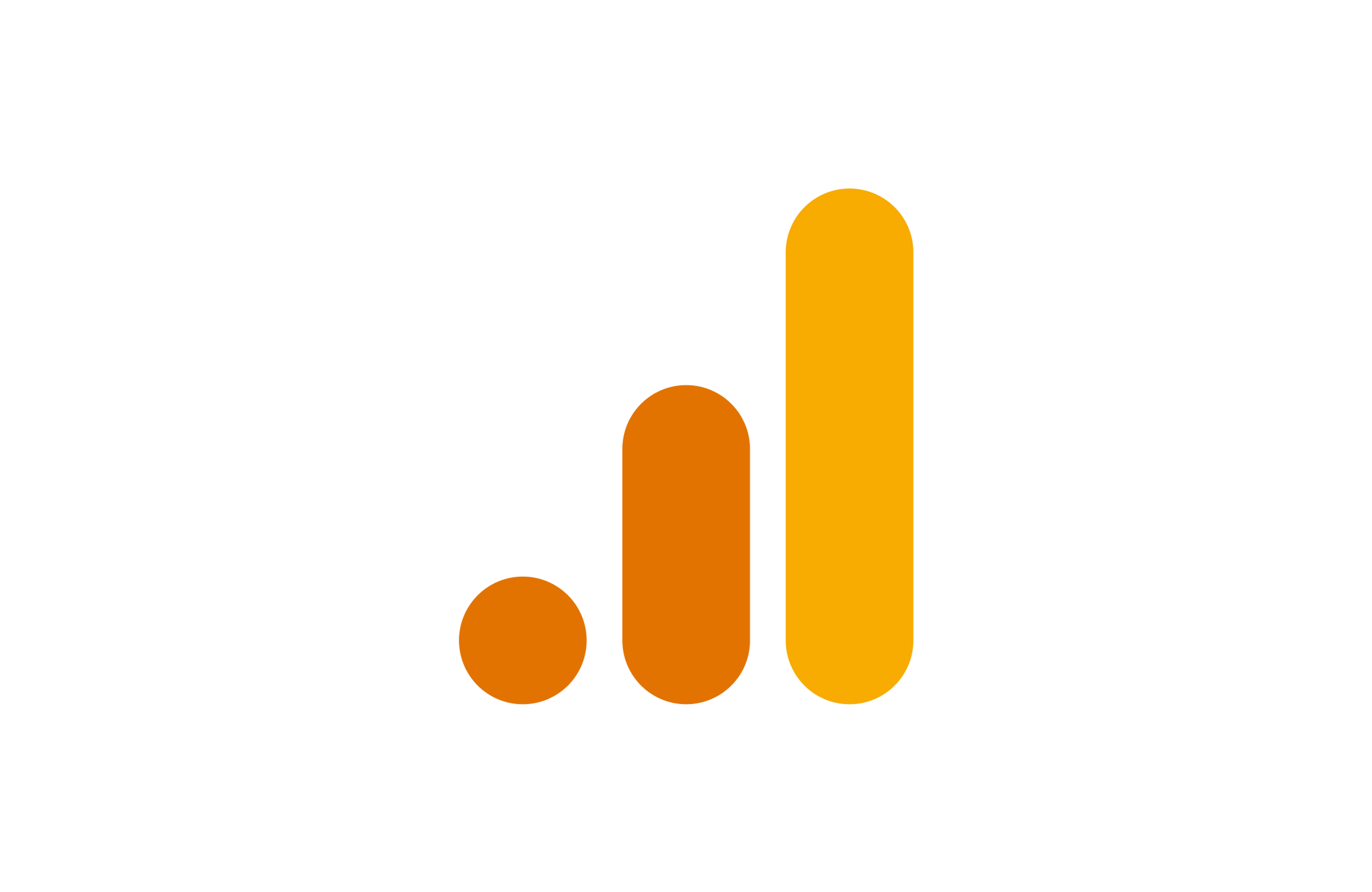Implementation of Google Analytics 4
A future proof web data implementation
- Customer case
- Technical Web Analytics
- Data projects


An interest group for homeowners offers a wide range of content and services on its website that can be closed online. In order to serve its website visitors in the best possible way, interactions with the services, funnels and content pages must be properly measured. They already did this with our support, with Universal Analytics (GA3). To be well prepared for the future, they asked us to implement Google Analytics 4.
Our approach
We secured the documentation of the new implementation by starting with a tag plan. This is an overview of the tags that must be active on the site. It provides insight into the data available in Google Analytics 4. For GA4 specific it is especially important to have an overview of the interactions and associated parameters. Those parameters are only available for the events to which they are sent. We determined which 25 parameters are most relevant for each event.
We then started our work in Google Tag Manager. First we set up the GA4 configuration tag. This allows the page_view event, event_parameters, user_properties and GA4 settings to be configured. In this phase, it is important to determine in which tags event parameters and user properties are made available in implementations where many custom dimensions are used. Google has a limit of 25 event parameters per event for users of free accounts. So we had to determine which parameters should always be available in the configuration tag.
A big advantage of GA4 over GA3 is that there is no limit on the number of hits per property. We investigated which new possibilities this brought for the customer's data collection. One is that they can now extensively track clicks on all pages. With the old GA3, they almost went over the limit of 10 million events per month and this limit does not apply in GA4.
We set up a GA4 event that tracks all clicks on buttons and a-elements. As event parameters, we added where the element was on the page (header, body, footer), what supposition the element has (eg. 'login panel') and what the text label of the clicked element is. With this data, you can obtain very powerful insights in GA4 within the Explorations module about user behaviour on different components of the website.
After completing the event tracking, we tackled the configuration within the GA4 interface. We registered the event parameters and user properties as custom dimension so that they can be used in the Explorations module. We also built audiences for all relevant interactions on the website.
When a user is added to an audience, an event is measured. This event can then be enabled as a conversion. This allows us to measure conversions very accurately and completely according to internal requirements.
Finally, we enabled Google Bigquery linking, which can be used to quickly analyze very large data sets. Previously it was not possible for users without a GA360 profile to link Universal Analytics with Google Bigquery, but with the release of GA4, this is possible for every account. Good to know: if you use BigQuery, you will incur additional costs.
The result
The online behaviour of website visitors is now fully measured with Google Analytics 4. Thanks to the link with Google Bigquery, the customer can analyse the raw dataset without being bound to the interface of Google Analytics 4. The output of analyses is stored in a so-called 'scheduled query' that is periodically updated.
The tables from this query can easily be translated into dashboards in, for example, Google Data Studio or Power BI. This visually communicates insights from the web data to the entire organisation. With these insights as well as the training we provide in the use of GA4, the customer can work more effectively in a data-driven manner.
Need help with your Google Analytics 4 implementation?
Joachim will gladly discuss the possibilities with you.
Business Manager+31(0)20 308 43 90+31(0)6 23 59 83 71joachim.vanbiemen@digital-power.com
Receive data insights, use cases and behind-the-scenes peeks once a month?
Sign up for our email list and stay 'up to data':




